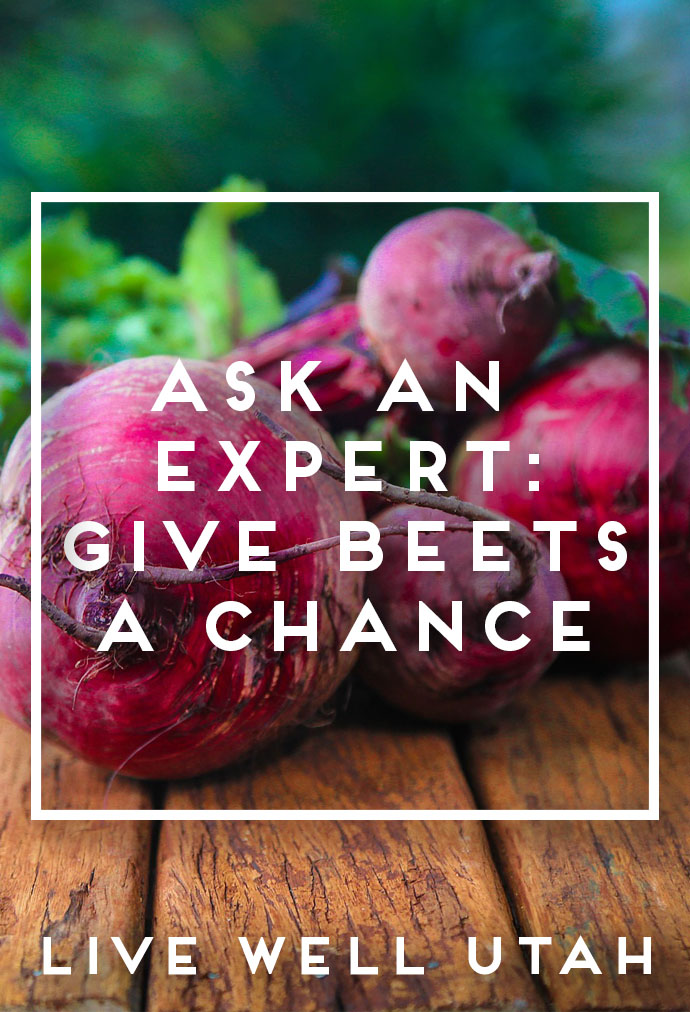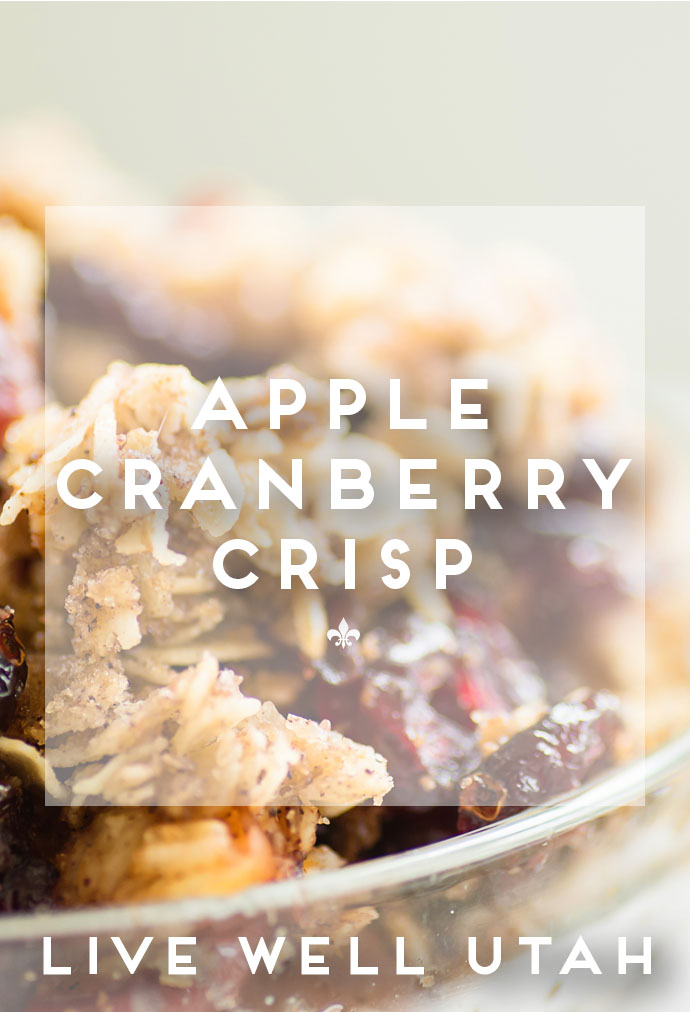
You’ve had those bottled peaches from Grandma for two years now — are they still good? Are they safe? Find out just how long you can keep home-preserved foods in your pantry.
A common question at USU Extension offices usually goes something like this, “There was a good buy on boneless, skinless chicken breasts this week so I bought 40 lbs. and now I want to can it. How long will it stay good in the jar on the shelf?” Before answering this question for readers, let’s consider the following basic information about home food preservation.
Canning is an important, safe method of food preservation if practiced properly. Home food preservation generally involves placing foods in jars and heating them to a temperature that destroys microorganisms that could be a health hazard or cause the food to spoil. Processing times and temperatures are scientifically determined and must be followed exactly to assure not only quality but safety of these home preserved foods.
So, back to the question about shelf-life…. With the prevalence of emergency and disaster preparedness education, at least in Utah, families obviously want to build up their food storage for the proverbial “Rainy Day.” This is a good practice so long as it is also practical.
Many dry goods (wheat, sugar, dried beans, etc.) have an excellent shelf-life when stored in air-tight containers and are wonderful to have on hand as part of a basic food storage supply.
On the other hand, home preserved fruits, vegetables and meats should be treated differently. Instead of asking how long a home-preserved food will last, a better question is, “How much chicken will my family use in 1 to 2 years?” When foods are preserved at home, it is true that families can control the quality of the food and to some degree how much additional sugar and salt are added. We cannot, however, duplicate the ultra-high temperatures or fast field-to-jar (or can) process commercial manufacturers use.
To ensure the home preserved food on pantry shelves are at ultimate quality, food should be rotated on a regular basis and not stock-piled for several years. After as few as two short years, foods will begin to darken or lose firmness. Does that mean they are no longer safe to eat? No. It does mean that the nutritional value is decreasing and will eventually be good to eat only for added calories. In other words, the food may fill you up but you won’t reap much in the way of vitamins or minerals.
A few additional tips for optimizing quality of home-preserved foods come as follows from the National Center for Home Food Preservation (nchfp.uga.edu ):
- If lids are tightly vacuum sealed on cooled jars, remove screw bands, wash the lid and jar to remove food residue; then rinse and dry jars. Label and date the jars and store them in a clean, cool, dark, dry place. For best quality, store between 50 and 70 F. Can no more food than you will use within a year.
- Do not store jars above 95 F or near hot pipes, a range, a furnace, in an uninsulated attic or in direct sunlight. Under these conditions, food will lose quality in a few weeks or months and may spoil. Dampness may corrode metal lids, break seals and allow recontamination and spoilage.
- Accidental freezing of canned foods will not cause spoilage unless jars become unsealed and re-contaminated. However, freezing and thawing may soften food. If jars must be stored where they may freeze, wrap them in newspapers, place them in heavy cartons, and cover with more newspapers and blankets.
The satisfaction of having shelves full of high-quality foods preserved at home is nearly always seen as worth the time, money and effort by those who participate in home canning. Take the time to determine how much food is actually necessary and preserve only that much using tested and approved recipes. This will help minimize waste, offer nutritious foods and provide an on-going sense of self-reliance.
Kathleen Riggs is the Utah State University Extension Family and Consumer Sciences Professor for Iron County. Questions or comments may be sent to kathleen.riggs@usu.edu or call 435-586-8132.










